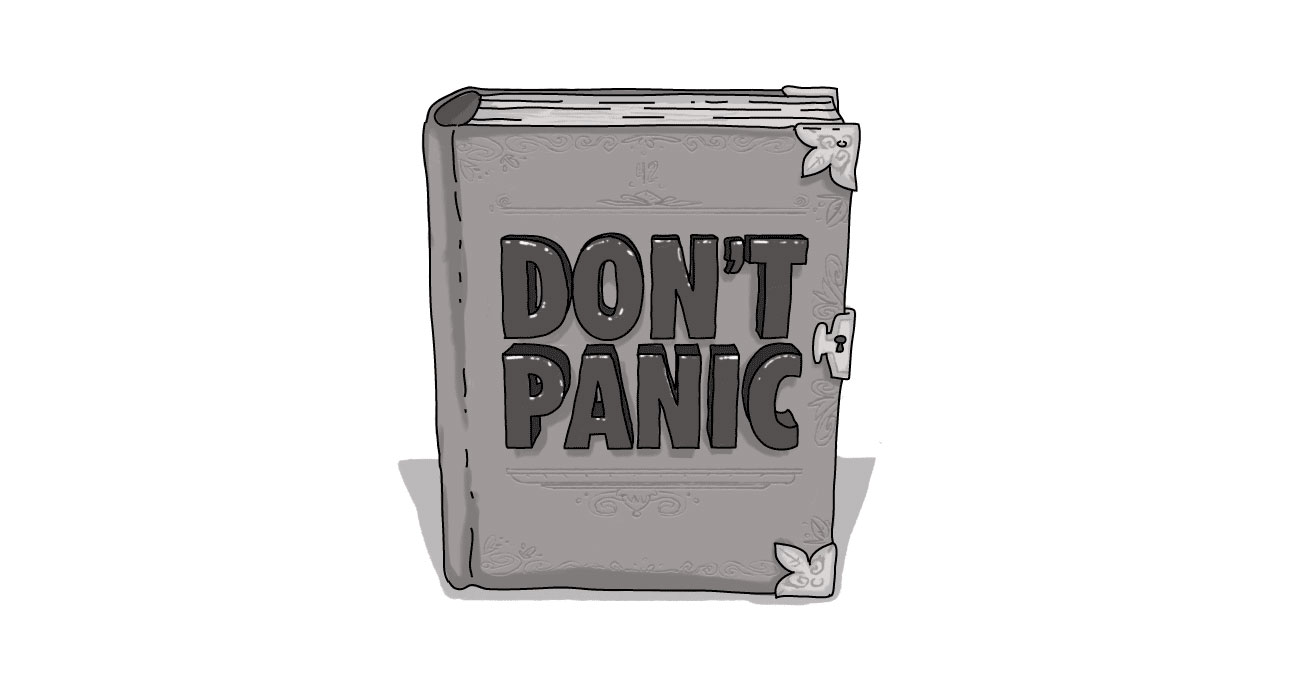Don't Panic -- Canada's Anti-Spam Laws Simplified and Demystified

Don't panic.
Though July 1st is fast approaching, we've got the key to unlock Canada's new anti-Spam legislation. It may sound daunting and you may have heard a bunch of misinformation – but the simple fact of the matter is that the law is nothing more than enforced common courtesy.
Yes, there are some big numbers out there, like $1 million fines for individuals; $10 million for companies. But don't listen to the doomsayers and fear mongers. To get to this level, you have to be a serial violator.
In fact, the new anti-Spam legislation is intended to help protect consumers. It's intended to be collaborative, not punitive, and it's intended to enforce what most people should have been doing anyways – being courteous with their customers.
How do I know? I asked.
Over the next few days, we'll talk about the specifics of the anti-Spam legislation and what it means to you as a consumer or as a business. But to kick things off, please let me reiterate what I started with.
Don't panic.
The law was passed in December 2010 and enters into force on July 1, 2014. Presumably, at that point, the Canadian Radio-Television and Telecommunications Commission, the body responsible for enforcing this law, could begin taking a hard-line stance. But, as a business owner, it's really not that bad.
Going forward, compliance with the law is going to require a little more documentation – you're going to have to make note of when, where, and how you obtained either implied or expressed consent to communicate electronically with someone for commercial purposes.
In a nutshell, here are the three basic rules to ensure compliance with Canada's anti-Spam legislation when it comes to sending a commercial electronic message:
- Obtain consent
- Clearly identify yourself
- Make it easy to unsubscribe
Over the next few days, we'll discuss in detail each of these steps and look at best practices.
It's important to note that this new law impacts all forms of commercial electronic messaging – that includes messages to e-mail accounts, messages to social networking accounts, and text messages sent to cell phones.
This legislation applies to for-profit and not-for-profit agencies. The only groups exempt are charities registered with the Canada Revenue Agencies.
So, again, don't panic.
The world won't come to an end on July 1st. You won't have the CRTC knocking down your door and demanding compliance that day. You have time and you have options.
Most importantly, you don't need to purge your e-mail list, wipe clean your newsletter slate, or stay silent, hiding behind a virtual rock for fear of retribution. Existing relationships are grandfathered in and you have three years to convert to an expressed-consent relationship.
So relax, don't panic. And, over the next few blogs, we'll help you navigate the anti-Spam law.
How does Canada's anti-Spam law impact me?
How does Canada's anti-Spam law impact my business?
What do I need to know about Canada's anti-Spam law?
What do I need to do by July 1st when it comes to Canada's anti-Spam law?
SUBSCRIBE TO OUR E-NEWSLETTER
 Subscribe
Subscribe


